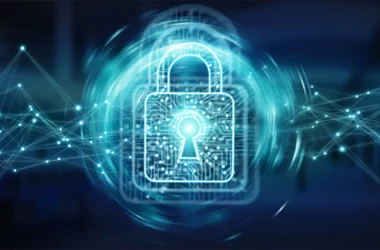In the interconnected world of the internet, where convenience and accessibility reign supreme, ensuring online safety has become a paramount concern. As technology advances, so do the tactics of cybercriminals seeking to exploit unsuspecting users. Two prominent threats that individuals and businesses must guard against are 먹튀사이트 and the phenomenon known as “eat-and-run verification.” Understanding these threats and adopting proactive measures is essential to navigating the digital landscape securely.
Scam Sites: The Deceptive Frontier
Scam sites are virtual traps set by cybercriminals to deceive users into sharing personal information, making unauthorized payments, or engaging in fraudulent activities. These sites often mimic legitimate platforms, making it challenging to discern their deceitful nature. They can masquerade as online marketplaces, banking websites, social media platforms, or even charity sites, preying on individuals who unknowingly disclose sensitive data.
Recognizing Scam Sites: Red Flags to Watch
To protect against scam sites, it’s crucial to recognize the red flags. Misspellings in domain names, overly aggressive promotional offers, requests for personal information, and unusual payment methods are telltale signs of a potential scam. Moreover, users should be wary of sites that lack proper encryption, indicated by “https://” in the URL, as this may expose their data to interception.
Eat-and-Run Verification: A Growing Concern
“Eat-and-run verification” refers to the practice of websites requiring payment or personal information upfront before granting access to promised services, only to disappear shortly after receiving the user’s input. This deceptive tactic capitalizes on users’ trust and eagerness to access desired content, leaving them vulnerable to financial loss and identity theft.
Guarding Against Eat-and-Run Verification
To safeguard against eat-and-run verification, individuals should exercise caution before sharing payment information or personal data. Researching the website’s reputation, reading reviews, and ensuring the legitimacy of the service provider are essential steps. Additionally, using disposable payment methods or temporary email addresses can add an extra layer of protection against potential scams.
Proactive Measures for Online Safety
Navigating online safety requires a combination of awareness and proactive measures. First and foremost, staying informed about current scam tactics and understanding the risks associated with eat-and-run verification is vital. Regularly updating passwords, enabling two-factor authentication, and using trusted antivirus software are simple yet effective ways to enhance digital security.
Strengthening Digital Literacy
Empowering individuals with digital literacy is another crucial aspect of online safety. Schools, organizations, and institutions should prioritize educating their members about the risks and preventive measures associated with scam sites and eat-and-run verification. By fostering a culture of cautious online behavior, these entities can contribute to a safer online ecosystem for everyone.











